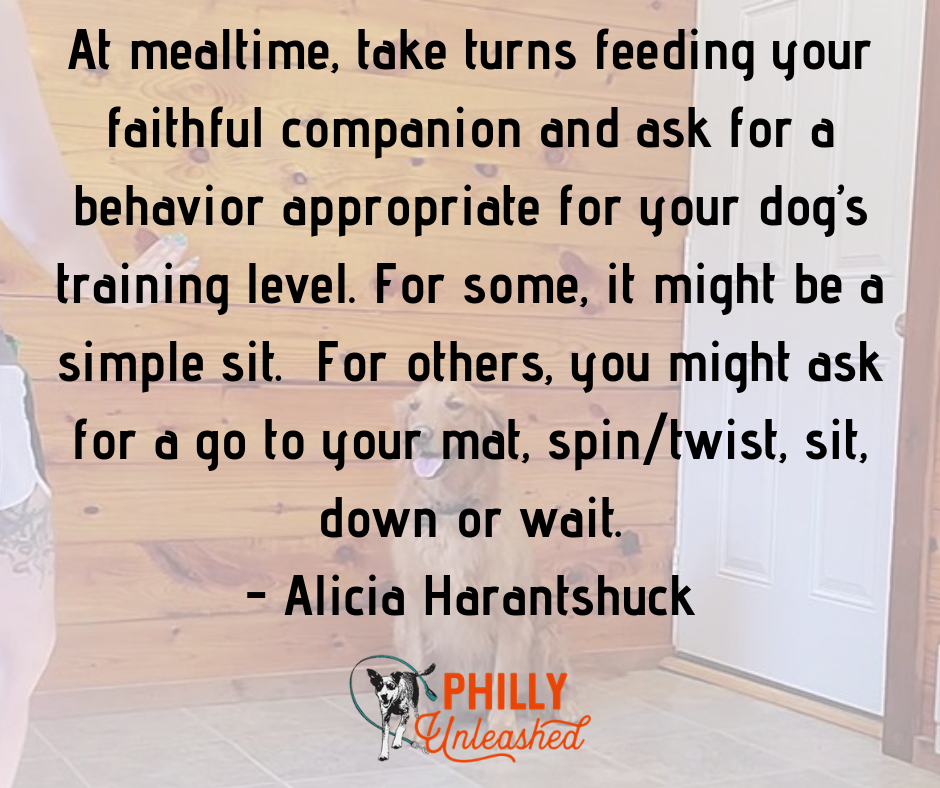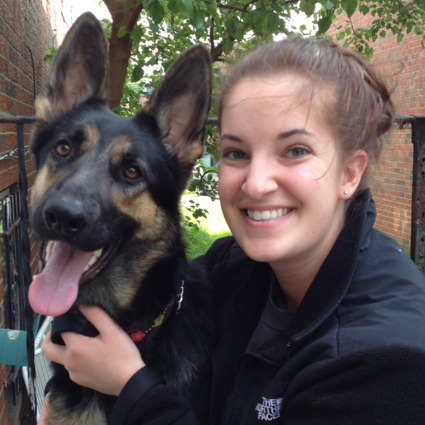You and your housemate are watching the women’s soccer team win the World Cup and Scooby has to potty.
Your housemate says, “Scooby! Outside to potty.”
Scooby complies without question, and they are back in a flash. You respond, “Why does he listen to you like that and not me?”
This is an all too common occurrence in many households today, even my own. Partially because dogs don’t generalize, and we can confuse them without realizing it is happening. Let’s be honest, Scooby might always respond more reliably to one person over another, but we can certainly close the gap.
Here are three simple tips to help your dog reliably respond to multiple owners/handlers when training at home:
1. Share Training Time
Dogs learn best when training sessions are short (5 min) and frequent (2-3 times a day). If everyone participates, the individual time requirement dramatically decreases, the dog learns more quickly, handlers see increased retention, and the dog more easily responds to multiple handlers. Win!
- Tip: At mealtime, take turns feeding your faithful companion and ask for a behavior appropriate for your dog’s training level. For some, it might be a simple sit. For others, you might ask for a go to your mat, spin/twist, sit, down or wait.

2. Set Boundaries
Make sure everyone agrees with expectations regarding what is and isn’t allowed. Is the dog allowed on the sofa? Can he sit next to you at the dinner table? How should he greet guests?
- Tip: Stick to the agreed-upon boundaries. It’s not fair if mom says the dog is not allowed on the sofa and while she’s away, dad allows some cuddle time during the game. It becomes frustrating for those training the dog and more importantly, it is confusing and unfair for your dog.

3. Communicate Clearly
While each handler is an individual and the language/relationship they build with the dog is unique, we can bake in some consistency during training by how we label behaviors and sharing how the dog is doing generally. This includes verbal and visual signals. Also, it can be incredibly valuable to share areas where your dog might be struggling, allowing others to be better positioned to help them.
- Tip: Make sure you are asking for the same thing! If we are teaching fetch, and one person says “Fetch It” and another says “Can you get it for me”, we can confuse the dog and they won’t understand what you are asking for. Be clear and concise!

There will always be additional exceptions and factors to consider. For example, maybe you just rescued a dog and they shy away from men or maybe someone works from home, automatically increasing the time spent with the dog. We have to be prepared to recognize what is and isn’t working and adjust to help your dog be the best best friend possible.
When in doubt, reach out! Philly Unleashed is always available to help clients reach their training goals.


